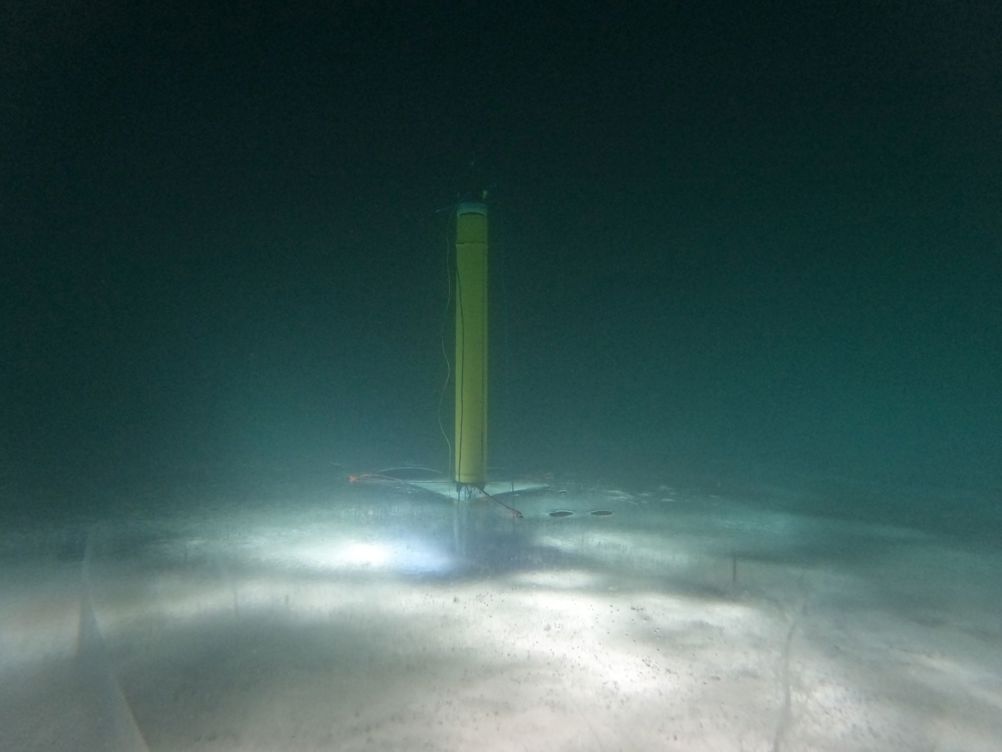Known as IceNode, the project is being led by NASA’s Jet Propulsion Laboratory (JPL). Using their expertise in designing vehicles for the space environment, JPL engineers have developed robots about 2.4m long and 25cm in diameter.
The three-legged IceNode bots have ‘landing gear’ that springs out from one end, attaching the robot to the underside of the ice without the need for onboard propulsion. According to JPL, the robots rely on novel software that models ocean currents, allowing the vehicles to position themselves autonomously.
IceNode has been developed to investigate the ‘grounding zone’ where floating ice shelves, ocean, and land meet. Inaccessible to satellite measurement, the grounding zone can provide insight as to the real rate of ice shelf melt, which in turn allows a more accurate estimate of ice sheet melt. If melted completely, Antarctica’s ice sheet would raise global sea levels by an estimated 60 metres.
“We’ve been pondering how to surmount these technological and logistical challenges for years, and we think we’ve found a way,” said Ian Fenty, a JPL climate scientist and IceNode’s science lead. “The goal is getting data directly at the ice-ocean melting interface, beneath the ice shelf.”
Related content
The IceNode robots will be released from a borehole or a vessel in the open ocean, riding currents to arrive beneath the ice shelf. The robots will then drop their ballast and rise to affix themselves to the bottom of the ice. Sensors will measure how fast warm, salty ocean water is circulating up to melt the ice, and how quickly colder, fresher meltwater is sinking. After capturing data for up to a year, the robots will detach themselves from the ice, drift back to the open ocean, and transmit their data via satellite.

“These robots are a platform to bring science instruments to the hardest-to-reach locations on Earth,” said Paul Glick, a JPL robotics engineer and IceNode’s principal investigator. “It’s meant to be a safe, comparatively low-cost solution to a difficult problem.”
After previous deployments in California’s Monterey Bay and below the frozen winter surface of Lake Superior, an IceNode robot was tested in Alaska’s Beaufort Sea in March 2024. This first polar test run descended about 100m into the ocean, gathering data on salinity, temperature, and flow data.
“We’re happy with the progress,” Glick said. “The hope is to continue developing prototypes, get them back up to the Arctic for future tests below the sea ice, and eventually see the full fleet deployed underneath Antarctic ice shelves.”











Guest blog: exploring opportunities for hydrogen combustion engines
"We wouldn't need to pillage the environment for the rare metals for batteries, magnets, or catalisers". Batteries don't use rare...